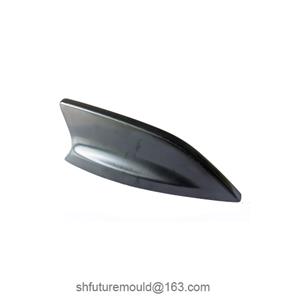Holding Pressure and Holding Time in Injection Molding
In injection molding, holding pressure and holding time are two critical process parameters that directly affect the quality of the molded product.
1. Holding Pressure
Holding pressure refers to the pressure applied to the molten material after the mold cavity is filled. This pressure is essential for ensuring the quality, density, and internal stress distribution of the molded part.
Purpose: The primary function of holding pressure is to compensate for the shrinkage of the molten material as it cools and solidifies within the mold cavity. By maintaining a certain level of pressure, the holding pressure ensures that the molded part maintains its desired shape and dimensions.
Setting Principles: Holding pressure is typically set at a value less than or equal to the injection pressure.
The specific holding pressure should be adjusted based on factors such as the material, thickness, size, and shape of the molded part.
2. Holding Time
Holding time refers to the duration during which the holding pressure is maintained after the mold cavity is filled. This time period is crucial for achieving the desired properties and quality of the molded part.
Purpose: During the holding time, the molten material is subjected to continuous pressure, allowing it to consolidate further and fill any voids caused by shrinkage. This ensures the density and dimensional stability of the molded part.
Setting Principles: The holding time should be adjusted based on factors such as the material, thickness, size, and shape of the molded part, as well as the mold temperature.
An excessively short holding time may result in defects such as voids or sink marks, while an excessively long holding time can lead to residual stress, making it difficult to eject the part or causing deformation.
- Injection Mold
- Automotive Injection Mold
- Electronics & Electrical Injection Mold
- Consumer Goods Injection Mold
- Airplane Components Injection Mold
- Medical Components Injection Mold
- Irrigation Components Injection Mold
- Injection Molds




